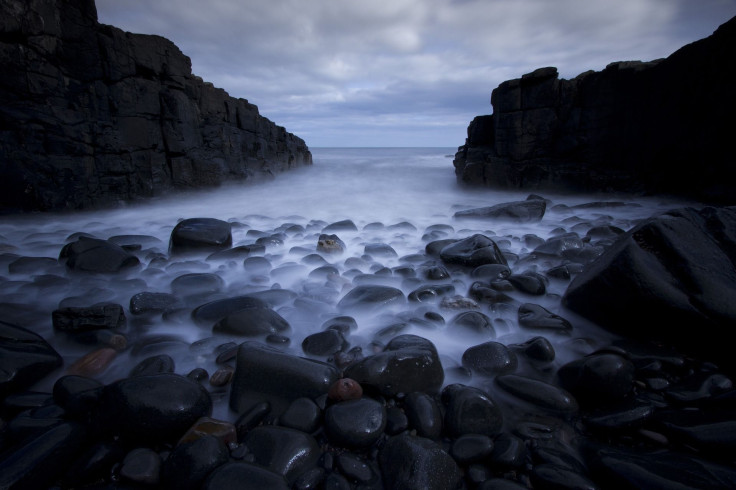Earth’s Animal Life Exploded When Oxygen Levels Increased, Scientists Say

The search for aliens in the universe might just be a search for planets with a lot of oxygen, if Earth’s past is any indication.
Researchers have connected a boom in life on Earth with a boom in atmosphere and ocean oxygen levels, after finding more detail about the young planet’s gas composition. According to a study in the journal Nature Geoscience, the diversity of life forms exploded about 450 million years ago — at the same time that oxygen became more abundant.
The scientists sampled rock dated back to that time and analyzed their chemistry to come up with the idea. That bump in oxygen coincided with an evolutionary time known as the Ordovician radiation, or the great Ordovician biodiversification event, when there was suddenly a lot more variety in the types of creatures that swam the Earth.
There had previously been a period of booming biodiversity about 540 million years ago called the Cambrian explosion, named for the period in which it took place. Oxygen levels were lower during that time, the researchers say.
Our planet’s first land animals would emerge in the geological period after the Ordovician, called the Silurian, which started about 420 million years ago.
“Oxygen levels probably played an important role in regulating early Palaeozoic biodiversity levels,” the study explains. The oxygen increase during the Ordovician radiation could have made more locations on Earth habitable and “supported more predators in the food chain.”
That’s not to say oxygen would have been the sole factor driving the explosion in animals.
“It should be stressed that this was probably not the only reason why diversification occurred at that time,” researcher Cole Edwards said in a statement from Washington University in St. Louis. “It is likely that other changes — such as ocean cooling, increased nutrient supply to the oceans and predation pressures — worked together to allow animal life to diversify for millions of years.”
But at the time that life’s biodiversity increased three-fold, according to the university, there was also an 80 percent increase in the atmosphere’s oxygen content. While oxygen was just 14 percent of the air in the middle of the Ordovician period, in a space of about 10 million years it jumped dramatically; it constituted almost a quarter of the atmosphere in the late part of that period.
“Oxygen and animal life have always been linked, but most of the focus has been on how animals came to be,” researcher Matthew Saltzman said in the statement. “Our work suggests that oxygen may have been just as important in understanding how animals came to be so diverse and abundant.”
© Copyright IBTimes 2025. All rights reserved.





















